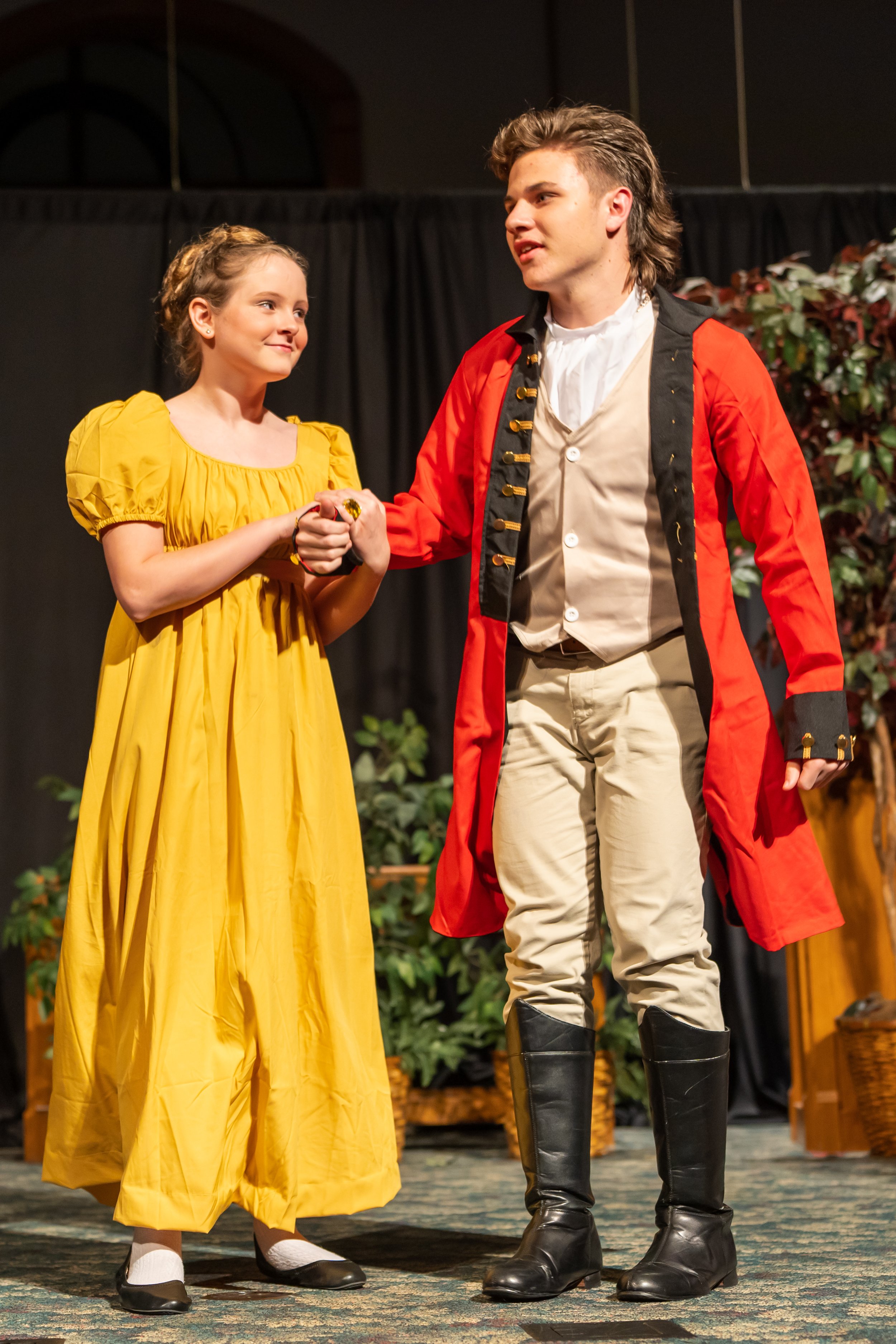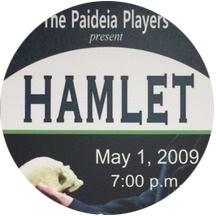
Paideia students learn to delight in the beauty and glory of God through our visual and performing arts classes and activities.
Visual Arts
The arts program of Paideia seeks to develop the aesthetic sensibilities of students so that they may delight in the beauty and glory of God.
Develop –
Develop means cultivate and refine. Students will be taught to enjoy, identify, imitate, discern, and create beautiful art.
Sensibilities –
By sensibilities we simply mean the senses. Paideia desires that students learn to employ all their faculties in worshipping God and enjoying His creation. The Scriptures tell us that “whether we eat or drink, do all things to the glory of God” (I Cor. 10:31). As students learn to hear, see, and perceive what is beautiful, their senses become conduits by which to enjoy and express their delight in God’s glory.
Glory of God –
The glory of God refers to the manifestation of God’s character and attributes. It is through His natural and special revelation that He communicates who He is and what He is like. We can delight in these glorious realities when we begin to see Him in everything He has made. The Paideia arts program aims to point students to perceive that glory as we strive to see it ourselves.
Aesthetic –
The word ‘aesthetic’ refers to the nature and expression of beauty. It is imperative that students learn to sense the true, the good, and the beautiful. This is found first and foremost in the being of God and secondarily in His creation. Our primary emphasis is to develop the students’ discernment regarding what is beautiful and enable them to make informed aesthetic judgments.
Delight –
Delight is an expression of worship (Ps. 37:4). It signifies “the enjoyment of all the manifestations of God’s glory in the natural world around us.” It does not mean passive observation, but the engaging of the mind, heart, and body to rejoice in God’s creation. Delighting in the glory of God means students have an eye for what is beautiful and demonstrate some measure of skill in creating what is beautiful. It should be noted that teachers cannot create this delight because only the Spirit of God can redeem the senses. This makes us completely dependent upon the Lord to accomplish our vision.
More About Our Visual Arts Program
Art education at Paideia begins with the concept of God as the Master Artist, who has given us the elements of design: line, shape, form, space, pattern, texture, value, and color. These simple-sounding elements are the building blocks of all great art, and they will be revisited and re-explored each year as students gradually increase their capacity to observe, understand, and create.
We employ a Discipline Based Art Education approach, in which students learn both the methods and materials of visual art while discovering the discipline that each art-making technique requires. We aim for clarity of concept, practice, and eventual evidence of mastery. These are measurable goals that are not based on subjectivity, but rather the discipline of practice and applied knowledge.
In grades K through 6, students discover age-old techniques and ancient patterns while using more modern art supplies to depict what they are learning. During this time, students are encouraged to adhere to the constraints of a given historical time period in history and are challenged to express themselves within that framework. As students progress into the Upper School, there is more room for self-expression, and they are prepared to make educated choices, having practiced with additional materials and methods.
The Paideia Players
Performing Arts
Paideia utilizes the performing arts as a vehicle to build community, bring to life a God-dominated imagination, and equip students to participate in giving glory to God through artistic endeavors.
Students involved with the performing arts program have an opportunity to become familiar with the process of forming a character from a script, perform a variety of theater (recognized classics and modern productions), and learn the details of backstage and off-stage elements, such as lighting, prop, set development, and stage management.









